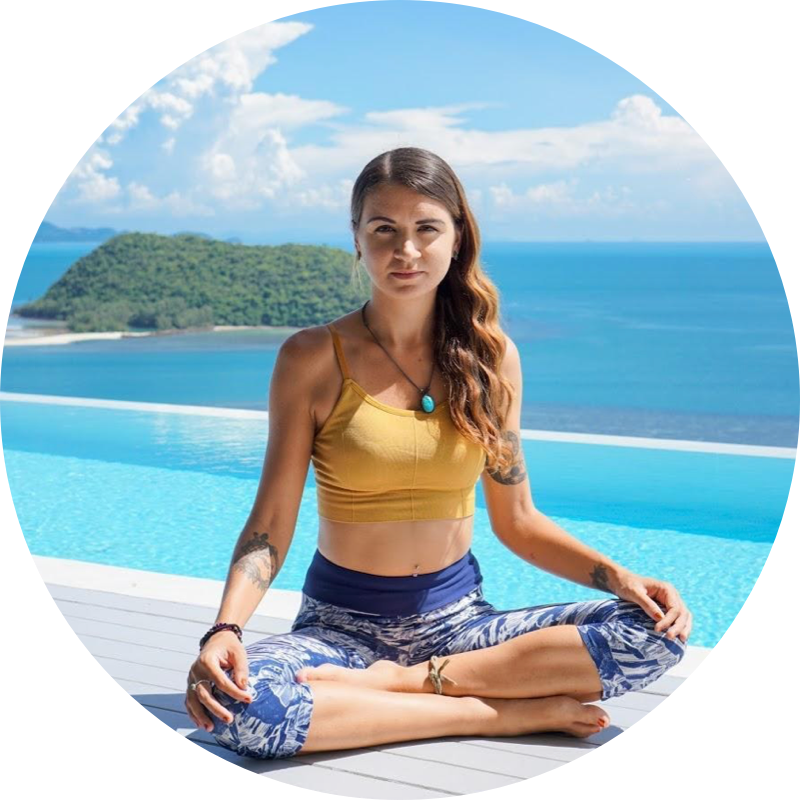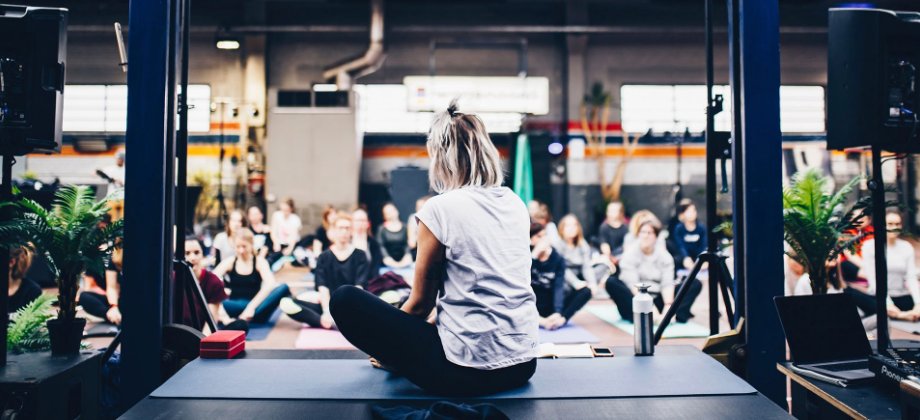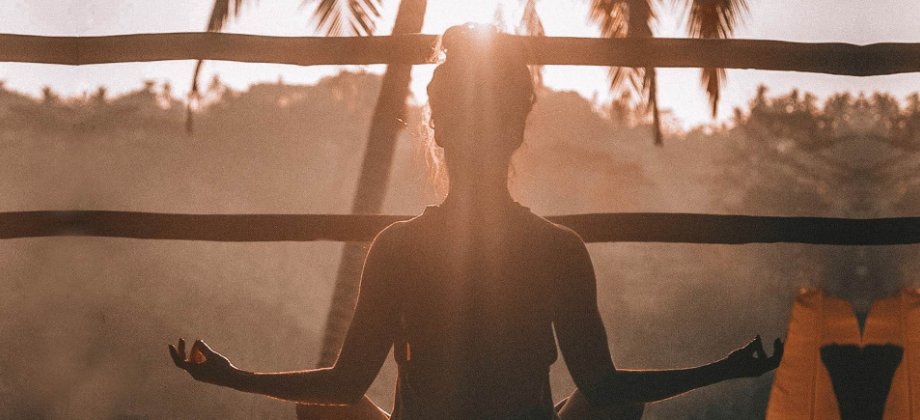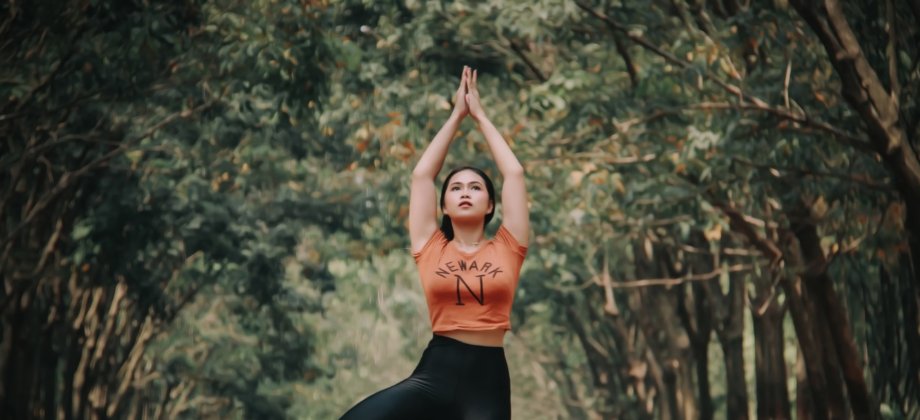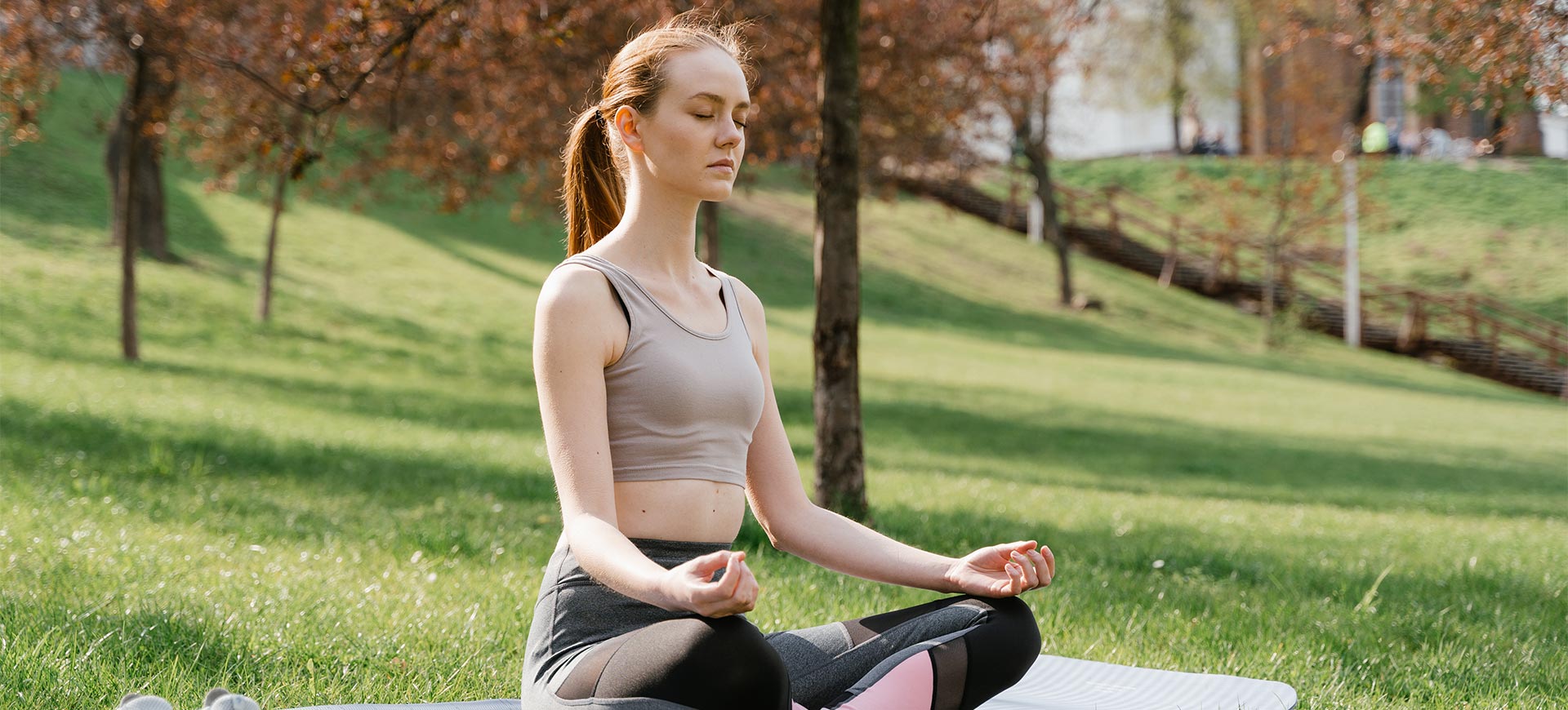
6 Tips For Developing Your Yoga Teaching Style
One of the biggest things that new yoga teachers struggle with is finding their individual teaching style. While it's normal to mimic the style of your teachers when you're first starting out, your teaching should also come from you.
Of course, we can and should take inspiration from our favorite teachers, but this doesn't mean we should simply copy them. The more you try to imitate other teachers, the less natural your teaching will feel, and your students will pick up on that. So how can you ensure that you teach yoga authentically while honoring the wisdom of your teachers?
Focus on what you love
Reflect on what you enjoyed learning the most in your YTT. Did you find the chakras fascinating? Did you discover that you're an anatomy nerd? Or did you thrive in creative sequencing? Whatever aspect of yoga you feel most connected to, focus on teaching that because the truth is you don't need to include every part of yoga in your classes.
So, if you love to start your classes with chanting, make it a ritual you do every lesson and something your students come to expect. On the other hand, don't feel that you have to teach or talk about things that you don't feel passionate about. For example, if you don't find anatomy interesting, it's totally ok to not explain what muscles are being worked in each pose. You'll enjoy teaching so much more when you give yourself permission to focus on sharing the parts of yoga that light you up.
People want to learn yoga from a human being, not a robot who just instructs movements.
Don’t try to please everyone
When you're first starting out, you want to get as many new students as possible. Thus, you may create your classes based on what you think people want and try to appeal to everyone. However, the problem with this is it often results in holding yourself back from teaching the way you genuinely want to teach.
For example, if you've just completed a life-changing TTC in India where you learned the traditions of the practice, you'll probably be keen to share about the Yamas and Niyamas in your classes. However, you might hold off doing so, as you think your yogis are coming to you for a workout, not a philosophy lesson. While that may be the case, you should always teach from the heart.
So, if you feel called to theme a class around a particular Yama and introduce that principle, do it. Yes, it won't be everyone's cup of tea, and some students might not come back, but teaching authentically is how you will attract your ideal yogis. Those who resonate with you will get a more profound experience from your classes and thus, become loyal students.
Explore different styles and lineages
In your YTT, you'll most likely have learned a particular lineage and been heavily influenced by the style of your teachers. So naturally, you will have absorbed these ideas, and they will have shaped you as a teacher. However, just as every yoga style is different, so is every teacher, so one of the best things you can do after your YTT is to try other classes and various studios.
Even if you're a dedicated Ashtangi, it pays to keep an open mind and broaden your personal practice by exploring other lineages and taking classes with different teachers. By doing so, you'll see the many ways there are to teach yoga and get tons of inspiration. Plus, you'll gain lots of new connections, too!
Don’t be afraid to blend styles together
Unless you're teaching a set sequence like Ashtanga or Bikram, you have the freedom to be creative in your sequencing. You don't have to stick to teaching one style only; incorporating two together is very popular nowadays. So if you love both Vinyasa and Yin, you can create a flow and restore class. Or you can blend Hatha and Vinyasa, where you teach the same sequence twice, the first time holding each pose without transitions, then the second time, flowing between each posture, breath to breath.
Of course, you always need to respect the natural structure of a yoga class to ensure you thoroughly warm up before peak postures and cool down after. But aside from this, there is no reason you cannot blend styles.
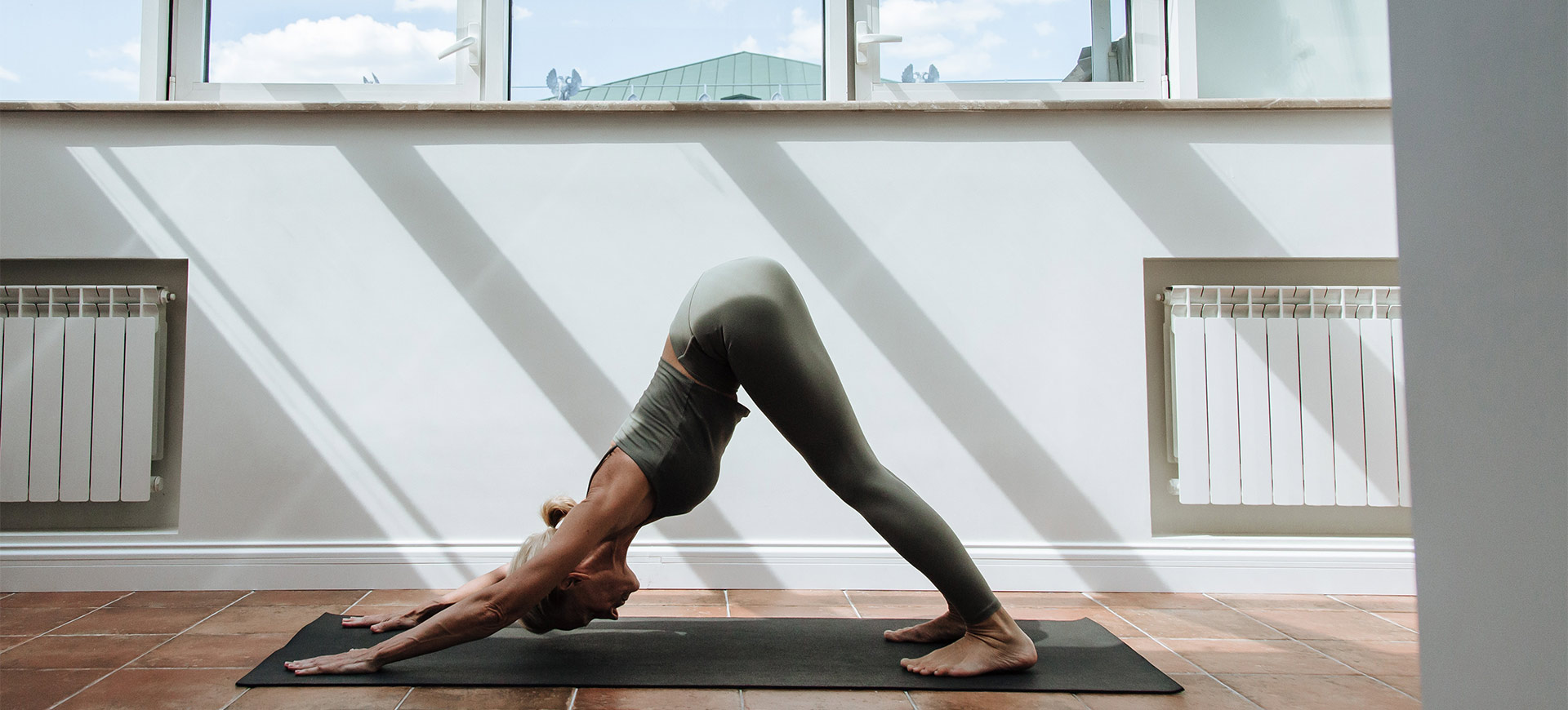
Bring your personality into the yoga room
The more you allow your personality to shine, the deeper connection you'll build with your yogis. People want to learn yoga from a human being, not a robot who just instructs movements. So let your personality infuse into your classes in whichever way feels natural to you, whether that's making jokes, telling personal stories, or playing hip-hop music! Yoga classes don't need to have a serious demeanor, and the more laidback you are in your teaching, the stronger sense of community you'll create.
Allow your style to change as you grow
Finally, as you continue on the path of self-discovery and spiritual development, you'll grow both as a person and as a teacher. So it's only natural that your teaching style will change, and that's totally ok.
For example, many teachers start their careers teaching fast-paced Vinyasa yoga, but they feel called towards slower styles like Yin and Restorative as they get older. While not all your yogis will love these slower styles as much as you, you shouldn't continue to teach in a way that no longer feels authentic to you. So when this happens, be honest with your community and accept that you will lose some students. They will find a teacher that is more aligned with them, and you'll gain new students who are more aligned with you.
Final Thoughts
The more relaxed you feel in your classes, the more you will enjoy teaching them. You can express your enthusiasm and personality while remaining professional and authoritative. So, don't feel that you have to be a specific type of yoga teacher with a particular kind of "yoga voice." Instead, embrace your unique talents and share them with the world authentically and unapologetically; this is how you will find your yogi tribe!
